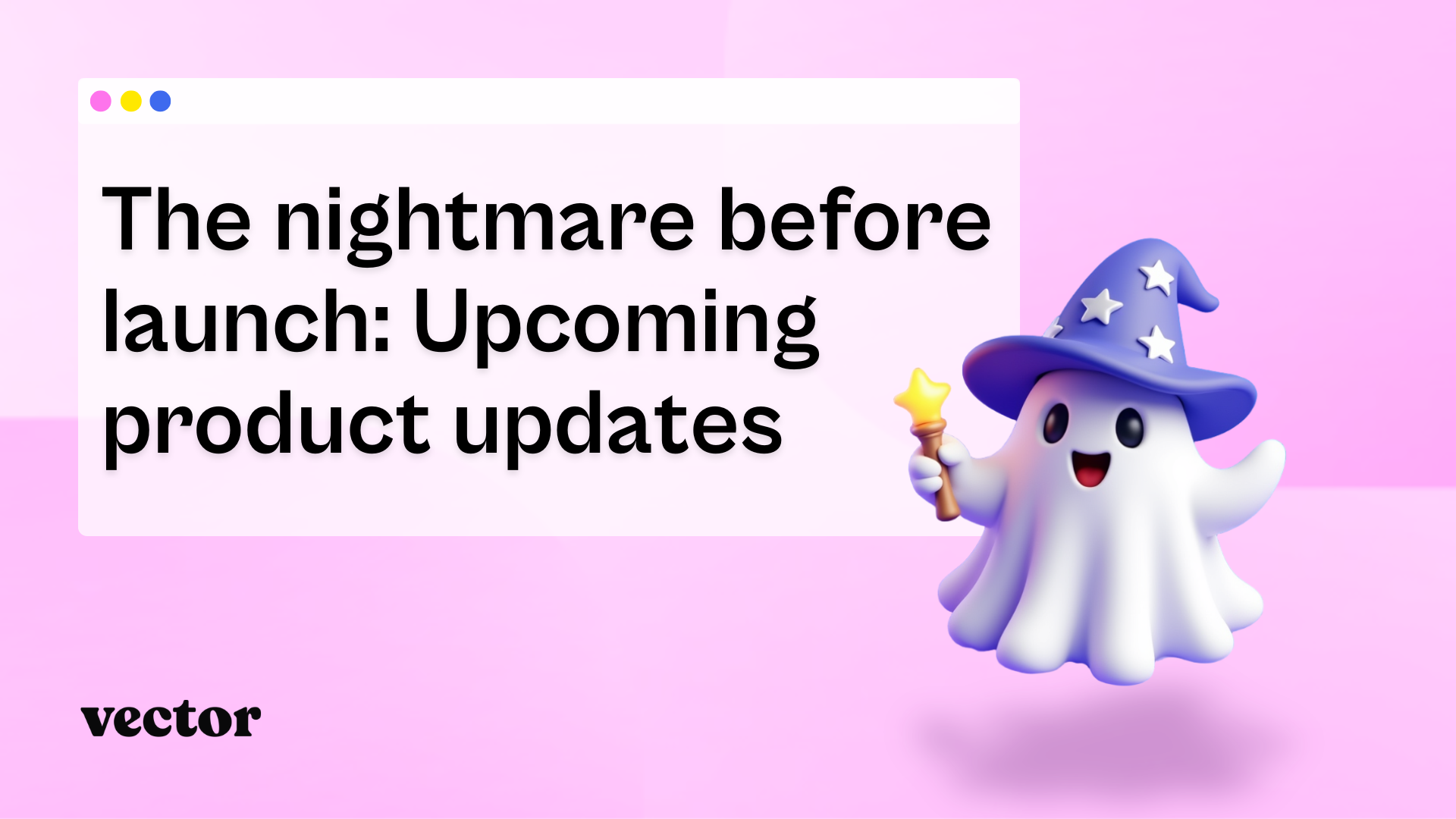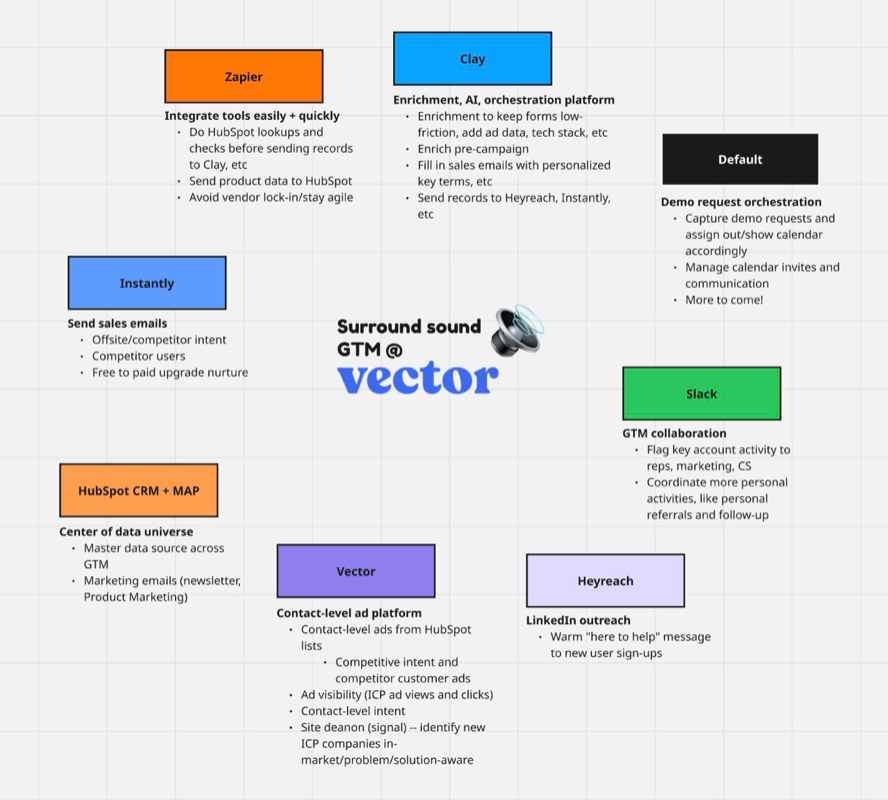The nightmare before launch

testing
Mi tincidunt elit, id quisque ligula ac diam, amet. Vel etiam suspendisse morbi eleifend faucibus eget vestibulum felis. Dictum quis montes, sit sit. Tellus aliquam enim urna, etiam. Mauris posuere vulputate arcu amet, vitae nisi, tellus tincidunt. At feugiat sapien varius id.
Mi tincidunt elit, id quisque ligula ac diam, amet. Vel etiam suspendisse morbi eleifend faucibus eget vestibulum felis. Dictum quis montes, sit sit. Tellus aliquam enim urna, etiam. Mauris posuere vulputate arcu amet, vitae nisi, tellus tincidunt. At feugiat sapien varius id.
In Halloween Town, Jack Skellington ruled every October.
He had perfected the art of the scare: every detail precise, every scream on cue.
Everything worked.
Until one night, he wandered somewhere new.
Snow on the ground. Lights in the trees.
And as he looked around in awe, he said the words:
“What’s this?”

Jack was forever changed.
It wasn’t that Halloween Town was broken.
It was that Jack saw another way to do things:
something brighter, more personal, and full of life.
Marketers are having that same realization.
We’ve mastered the old rules: email personalization, retargeting, intent data, ABM dashboards.
But now, there’s a new way: one built for visibility, precision, and contact-level connection.
That’s what this launch is about: stepping into a new kind of marketing, where every signal connects, every ad has intent, and every ghost finally has a name.

Understanding the lanes: from accounts to activation
Like the trees in The Nightmare Before Christmas, every marketing tool opens into its own world (accounts, intent, ads), but few of them connect once you step through the door.
Here’s what most of today’s tools actually do — and where Vector lives.

Clay, ZoomInfo, and Demandbase: strong at the account level
These tools are experts at showing which companies are active:
- Demandbase tracks account journeys and engagement heatmaps across the funnel.
- Clay’s new Web Intent feature de-anonymizes company-level website visits and enriches them with context from 150+ providers.
- ZoomInfo and Bombora surface firmographic and offsite research intent data to help Sales prioritize accounts.
They’re all powerful, but still stop at the account level.
You’ll know Acme Corp is interested, not whether it’s Sarah from Marketing or DeShawn from RevOps doing the research.
Think of them as the Dr. Finkelsteins of the stack: meticulous scientists, brilliant at analysis,
but focused on blueprints more than people.

Metadata, Influ2, and Primer: powerful ad engines (still fueled by lists)
These tools power activation — helping marketers launch, manage, and optimize campaigns.
But they rely on pre-built, static audiences that start aging the second they’re uploaded.
- Metadata automates testing and budget allocation, optimizing spend across channels — but its precision is only as good as the lists you feed it.
- Influ2 uses inferred “contact-level intent” (like reading an article on Forbes) to time outbound 1:1 outreach. Useful for sales, not for scalable, verified ad audiences.
- Primer helps B2B teams execute campaigns across channels, but G2 reviewers note high costs, integration issues, and slow audience syncs. Great for scale, not for speed.
These tools are a bit like Oogie Boogie’s contraptions: full of energy and motion, but powered by whatever you toss in.

UserGems and Bombora: great partners for enrichment and intent
We love these for what they do best: surfacing triggers like job changes, buyer research, and relationship signals that enhance outreach and pipeline prioritization.
Like Sally, they bring valuable intelligence into the stack, and Vector makes that data actionable by revealing and retargeting the people behind those movements.

Vector: where every signal connects
Vector is the layer that turns all of the above into one connected motion, revealing the real people engaging with your site and ads, then letting you reach them again automatically, with the right ad messaging, across channels.
Vector doesn’t compete with your stack — it connects it.
Because at the end of the day, it’s not about more data.
It’s about finally knowing who’s behind the signal and what to do next.
How we built our own stack
At Vector, we use many of the same tools our customers do.
Our own GTM motion runs on:
- HubSpot + Salesforce for CRM and reporting.
- UserGems + Clay for people intelligence.
- Slack + Zapier for activation and automation.
- LinkedIn + Google Ads for delivery.
But the heartbeat of it all is Vector.
It’s the layer that connects those tools revealing who’s actually engaging, syncing those contacts to CRM, and keeping ad audiences fresh automatically.
The result? A stack that finally acts like a system.
No more duct-taped signals.
No more guessing who’s behind the mask.
Just one connected motion from first click to closed deal.

What marketers told us
Outside of our stack, we asked 80 B2B marketers to rate their confidence in reaching the right person at the right time.
The average answer? 5.7 out of 10.
Confidence was fine, not great, not disastrous but definitely not something you’d build a pipeline forecast around.
Here’s what we learned:
- Only 14% say they’re reaching in-market buyers.
- 61% say they’re missing timing signals.
- 46% cite integrations as blockers.
- And 40%? They just don’t trust their data.
Marketers aren’t short on data: they’re short on clarity.
They can personalize emails, landing pages, and web experiences down to the pixel.
But ads, often their most expensive channel, are still running on assumptions.
That’s the real nightmare.
The moment everything changes
Like Jack discovering Christmas Town, marketers are realizing there’s another way —
a world where ads actually match what buyers are doing, not just who they resemble.
Next week, we open that door.
- Reveal: Unmask who’s engaging with your brand by name, title, and company.
- Target: Turn those contact-level insights into always-fresh ad audiences that update in real time.
Where others stop at accounts, Vector goes to the contact level.
You don’t just know who’s visiting - you can reach them, sync them, and measure the impact all in one motion.

Why this moment matters
Just as marketers are rediscovering the power of who, platforms are starting to catch up.
Last week, LinkedIn announced Ad Personalization, a feature that lets advertisers dynamically tailor ad intro text with profile fields like first name, job title, company, or industry.
So instead of a generic opener, your ad could say:
“CMOs at Apple — here’s how you can track your ABM performance.”
That’s 1:1 messaging at scale.
For GTM teams, it’s a big step forward:
ads that finally feel handcrafted, with outbound and paid motions speaking in the same voice.
It’s a signal that the industry is shifting toward precision, relevance, and person-level context exactly what Vector’s Reveal and Target are built to power behind the scenes.
Outbound emails have always been personal.
Now, finally, your ads can be too.

Ad targeting
doesn't have to be
a guessing game.
Turn your contact-level insights into ready-to-run ad audiences.


